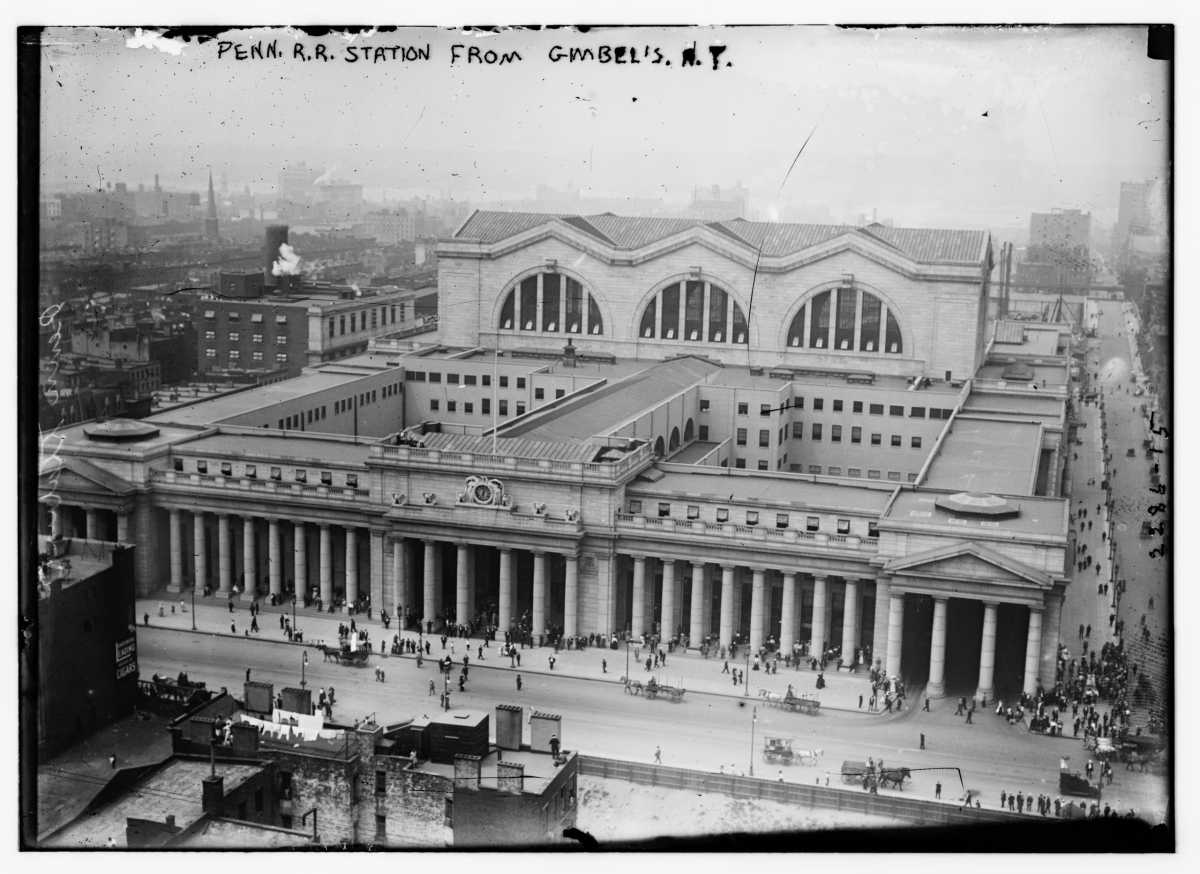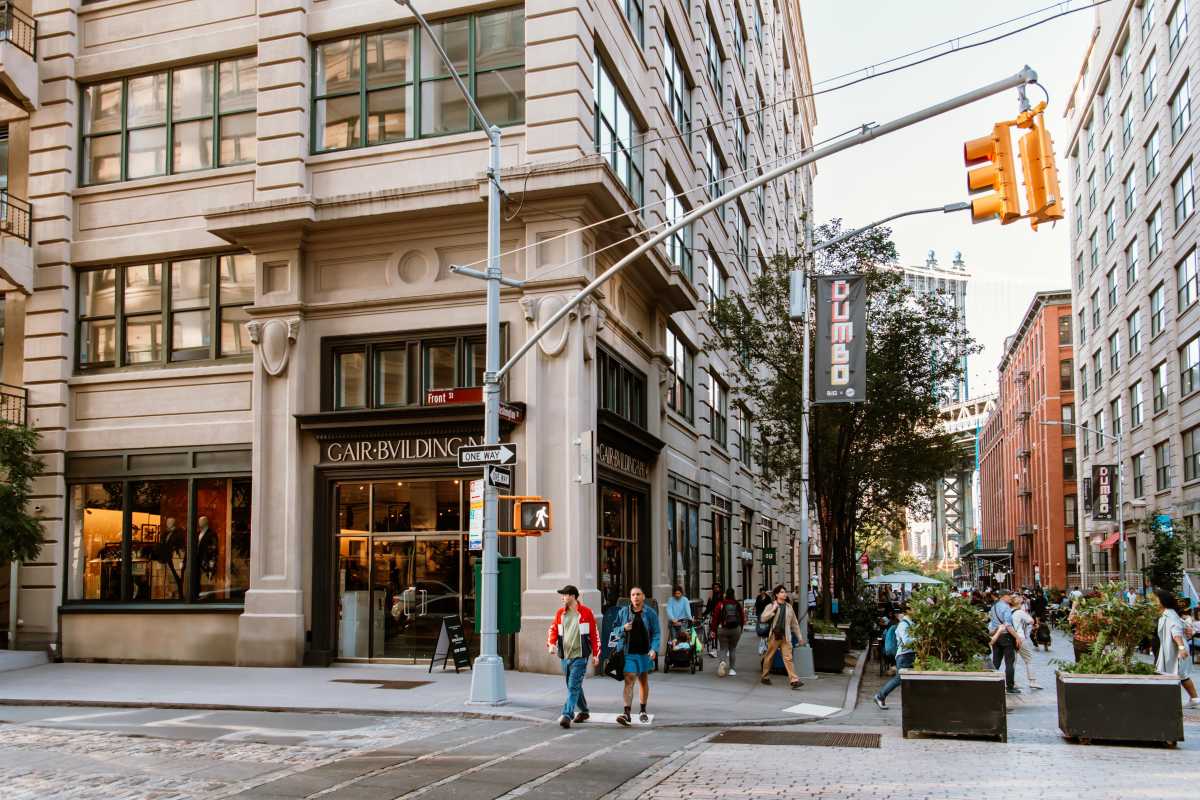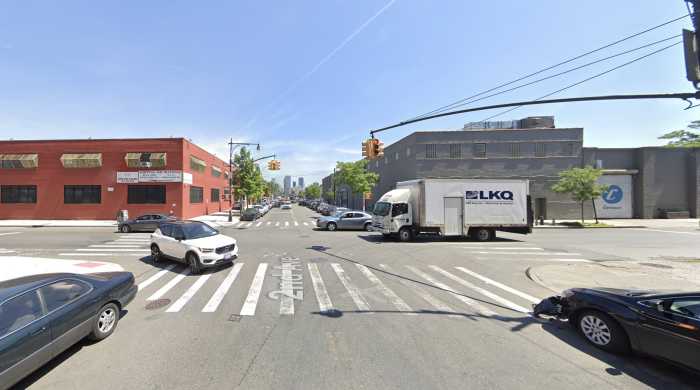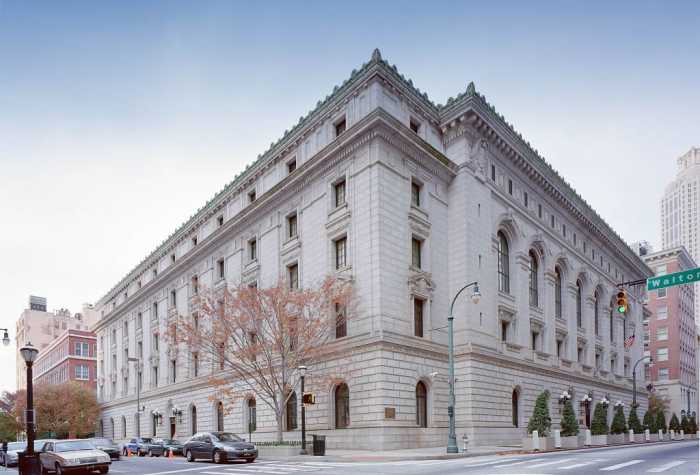When Edward Norton was planning his film “Motherless Brooklyn,” he requested that his digital effects team resurrect the grandeur of the former Penn Station in Midtown Manhattan before it was torn down in the 1960s.
The architectural marvel, which spanned a super block in Midtown from 1910 until 1963 is a world of difference from Penn Station’s current form — a subterranean maze of dingy mezzanines and claustrophobic passageways below Madison Square Garden and above the city’s primary rail link to the rest of the country.
That original Pennsylvania Station was an above ground, sky high Roman arched and glass ceiling masterpiece that in many ways put nearby Grand Central Station to shame.
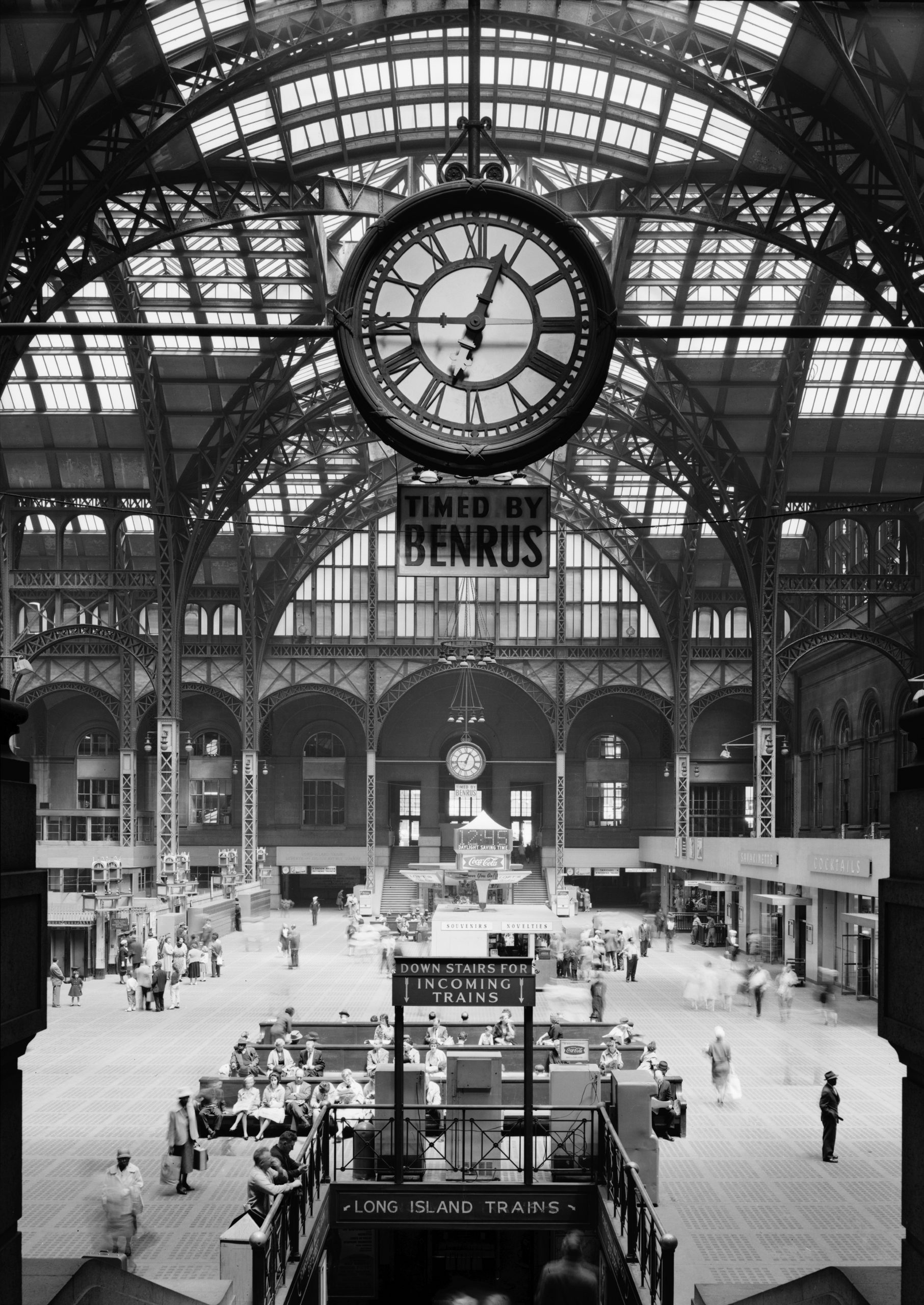
(Public Domain)
The natural lighting that would creep in from Penn Station’s rafters was one of the most intricate and essential parts of graphically redesigning the terminal, according to the film’s CG Supervisor Vance Miller and Phosphene’s VFX Supervisor John Bair.
That duo works for a visual effects company called Phosphene, which has recreated many New York icons in the past, such as the World Trade Center in the hit Hulu series, the Looming Tower.
For “Motherless Brooklyn,” Bair and Miller had to dig through archived footage from the Library of Congress to go about recreating the train station along with many other sources.
The Penn Station they had designed was closer to its ‘glory days’ of the 1920-30s rather than the more dilapidated condition it was in during Motherless Brooklyn’s 1950s setting, Bair and Miller explained.
A more authentic Penn Station from the 1950s would have featured mismatching colors among other run down parts of what was at a time the shining example of New York City architecture prior to being dismantled.
Demolition of the old Penn Station began in 1963, and would take a full three years to complete. Most of the doric columns, stone eagles and other ornamental features from the station were deposited in a New Jersey swamp, though some remnants of the station’s former glory can still be found today.
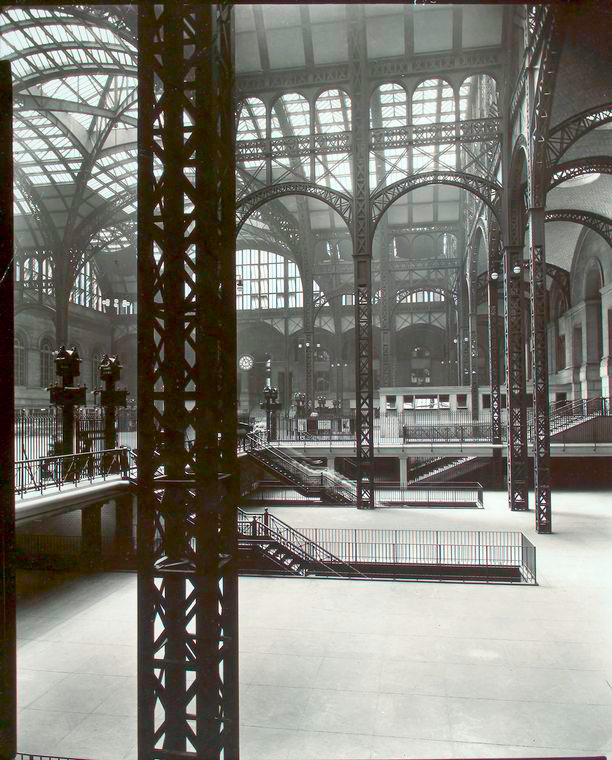
Those gold stairwells and railings which take you down trackside are leftover from the romanticized Penn Station that Norton insisted make an appearance in his film.
Renderings of Governor Cuomo’s new plans for Penn Station — being developed at the Farley Post Office, across the street from Penn Station — also nod back to its original high and open glass ceilings that were in part why many New Yorkers protested the dismantling of the modern marvel.
The Penn Station demolition also heralded the landmark preservation movement in New York City at a time when modern urban renewal was taking place around the country. The creation of the city’s Landmark Preservation Commission in 1965 came largely as a result of a public outcry over Penn Station’s demise.



